1. Bread

It’s kind of amazing to think that the bread we eat today has roots stretching back over 14,000 years. Archaeologists discovered remnants of flatbread in what’s now Jordan, and these were baked before people even started farming. That means ancient hunter-gatherers were already harvesting wild grains, grinding them into flour, mixing with water, and cooking it over open flames. It wasn’t fancy, but it was filling and adaptable, and that’s likely what helped it stick around shares NPR.
Later on, the Egyptians made a huge leap by discovering how to use wild yeast to leaven bread, creating those first fluffy loaves. From there, it spread across the globe, morphing into naan, baguettes, pita, and sourdough. It’s been a symbol of sustenance, religion, and even politics throughout history. And while we have a million varieties today, at its core, bread is still just a simple blend of grain, water, and time adds Science Friday.
2. Cheese

Cheese was probably discovered by accident, which honestly makes it even more magical. Thousands of years ago, someone stored milk in an animal stomach—something common at the time—and the enzymes from the lining caused it to curdle. Instead of tossing it, they tasted it and found it tangy, rich, and oddly satisfying. This happy accident kicked off an entire world of cheesemaking says the Takeout.
By 5,000 BCE, cultures from Mesopotamia to Egypt were making and storing cheese in all kinds of forms. It served not just as food but also as a way to preserve milk in the days before refrigeration. Ancient Greeks and Romans adored it, and many even believed it had medicinal powers. Today, we obsess over artisan cheeses and pair them with wine, but the love for cheese started long, long ago adds the Tasting Table.
3. Beer

Beer might be the most ancient happy hour drink of all time. The Sumerians were brewing beer as far back as 5,000 BCE, and they even had a beer goddess, Ninkasi. It was originally thick, unfiltered, and often drunk through a straw to avoid the sediment. Despite the texture, it was safer to drink than most water sources and packed a nutritional punch.
Beer quickly became a daily staple and an important offering in religious ceremonies. Workers in ancient Egypt were paid partly in beer rations, and entire hymns were written about how to make it. Over time, brewing methods got more refined, but the love stayed the same. So every time you crack open a cold one, you’re part of a global ritual that’s been going on for millennia.
4. Yogurt

Yogurt’s origins go back at least 7,000 years and likely started in Central Asia. Milk stored in animal skins would ferment naturally in the warm weather, creating a tangy, thick product that was both nutritious and easy to digest. It probably wasn’t love at first spoonful, but people figured out it was good for their guts and kept making it.
By the time it reached the Middle East, India, and parts of Europe, yogurt was considered almost medicinal. Ancient texts describe it as a life-giving food, and it was used in everything from savory sauces to skin treatments. The Greeks and Romans loved it too, and their appreciation spread across empires. Now, it’s a staple in smoothies and snack cups, but its origins were far more rustic.
5. Honey
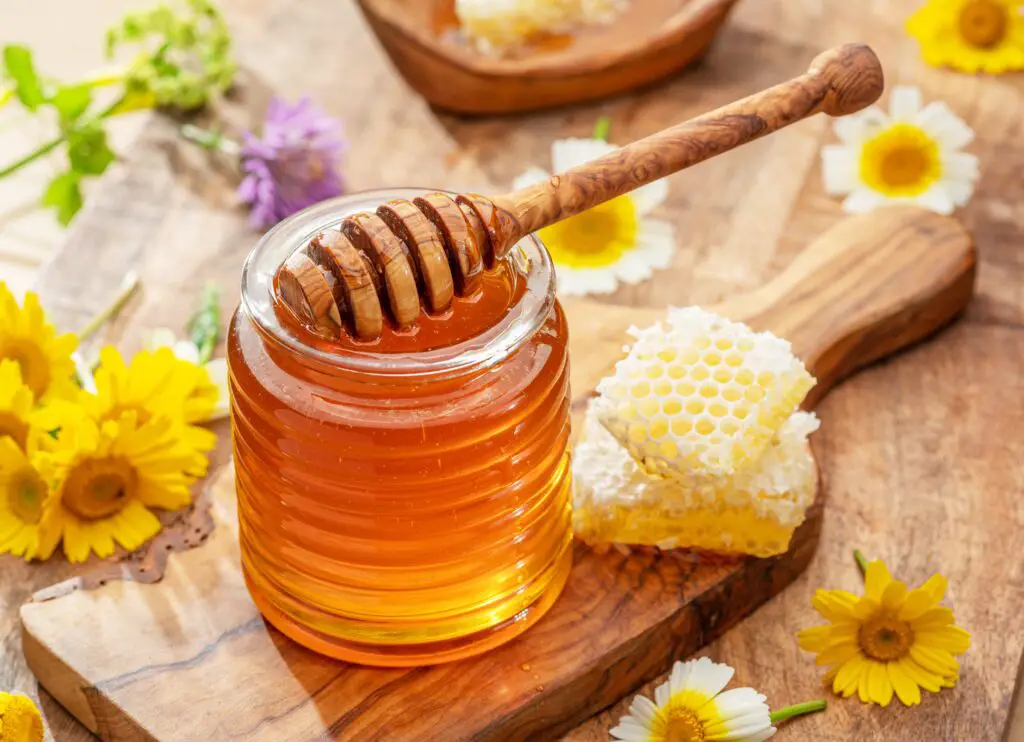
Honey is one of those rare foods that never spoils, which makes it a sort of edible time capsule. Archaeologists found pots of honey in Egyptian tombs that are over 3,000 years old—and still perfectly good to eat. People started harvesting it from wild hives long before they domesticated bees, using it as the only sweetener available at the time.
Ancient Egyptians used honey in everything from baked goods to embalming, while Greeks saw it as a divine substance. The Chinese, Babylonians, and Mayans all had myths and medicines revolving around it. Long before sugar became widespread, honey was prized and even traded like currency. Even today, a spoonful of honey feels like a little luxury from the past.
6. Olives

The humble olive has a rich backstory that goes back at least 6,000 years. Originally cultivated in the Eastern Mediterranean, olives were more than just food—they were vital to survival and culture. The oil extracted from them was used for cooking, lighting, rituals, and even skincare.
Ancient Greeks considered olive oil a gift from the gods, and winning athletes were crowned with olive wreaths. Romans used it as currency and a trade commodity. The olive branch became a universal symbol of peace, and the trees themselves were seen as sacred. Today, whether they’re tossed into a salad or drizzled on crusty bread, olives still carry the weight of history.
7. Rice
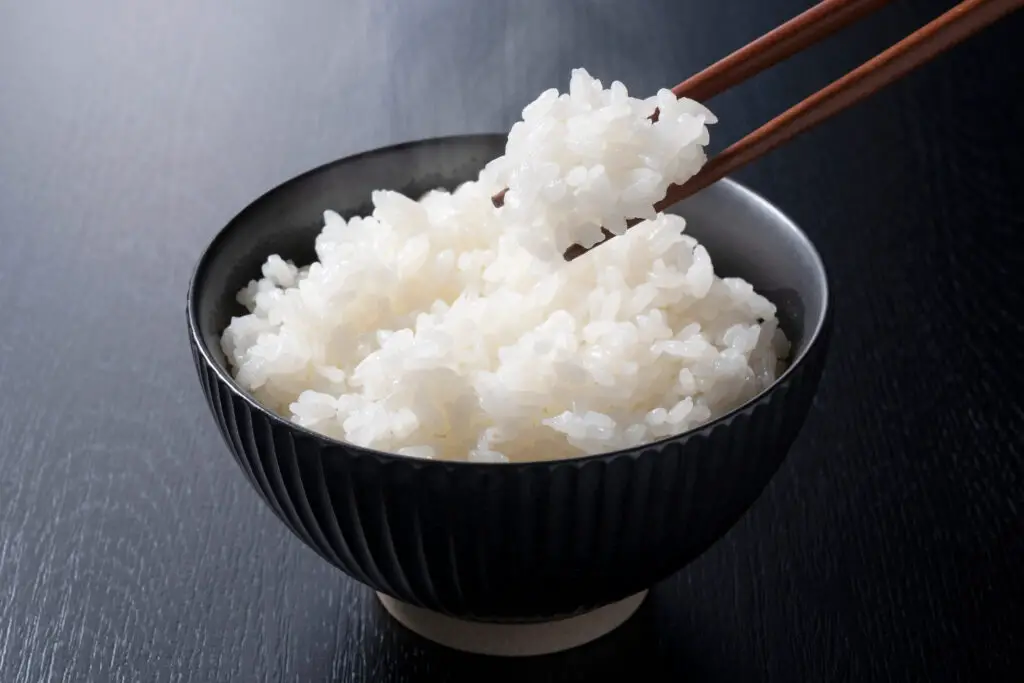
Rice may seem like a plain side dish, but it’s been sustaining humanity for over 9,000 years. It was first cultivated in China’s Yangtze River Valley, where early farmers learned how to grow it in wet, marshy fields. That same method, using paddies and irrigation, is still used in many parts of Asia today.
Rice became a cornerstone of diets in China, India, and Southeast Asia, eventually making its way across the globe. It was so important that some ancient cultures measured wealth and taxes in rice. Whether it’s jasmine, basmati, or sticky rice, each grain carries centuries of labor and tradition. It’s simple but sacred to many people around the world.
8. Lentils
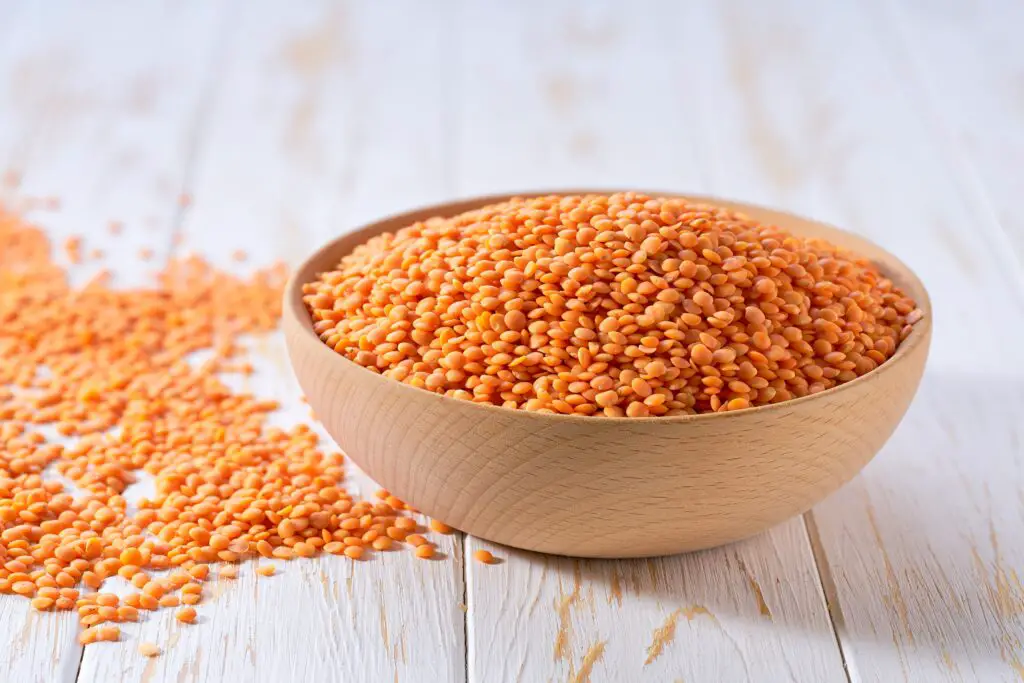
Lentils were one of the very first plants ever cultivated by humans, with evidence dating back 13,000 years in Greece and the Middle East. These tiny legumes are surprisingly hearty and easy to grow, making them a reliable food source even in poor soil.
They were a dietary staple for ancient Egyptians and Romans, and even show up in the Bible. Because they were affordable and packed with nutrients, they were often called “the meat of the poor.” But they weren’t just peasant food—wealthy Romans enjoyed them too, especially spiced or stewed. Today, lentils are still a go-to for vegetarians and health nuts, but their staying power proves they’re more than just trendy.
9. Garlic
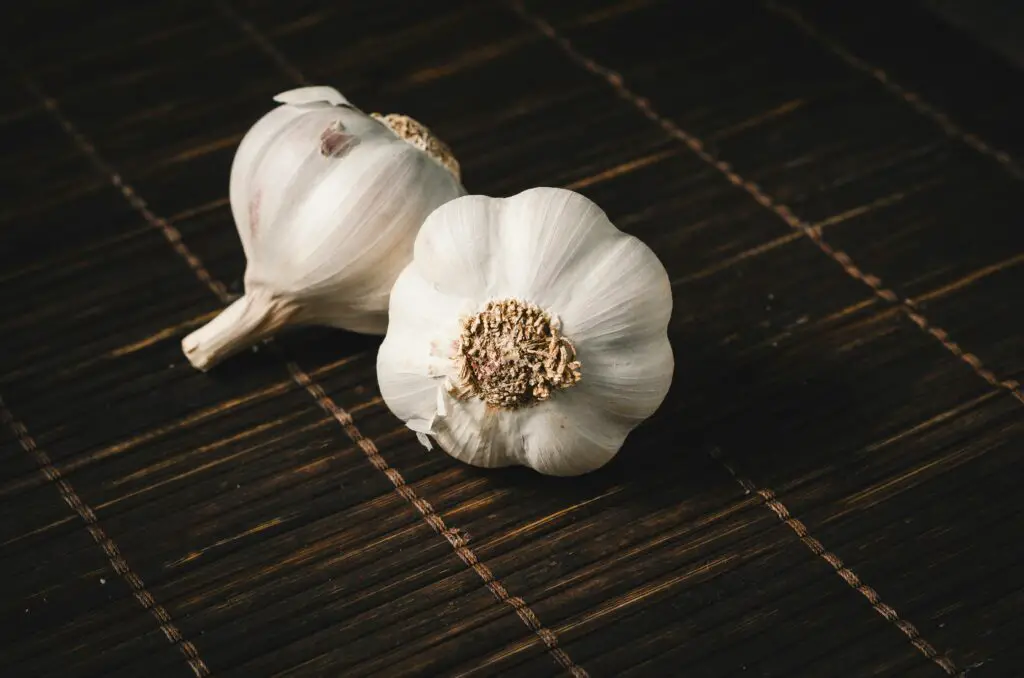
Garlic has been flavoring dishes and warding off bad energy for thousands of years. Ancient Egyptians gave it to pyramid workers to boost strength and endurance, believing it had supernatural powers. They even buried it with the dead as a protective charm.
The Greeks and Romans valued garlic for its medicinal properties, using it to treat infections and improve heart health. It was also believed to increase courage—gladiators and soldiers ate it before battle. Today, we roast it, chop it, or mash it into sauces, often without thinking about its ancient reputation. But this little bulb has always been more than just seasoning.
10. Onions
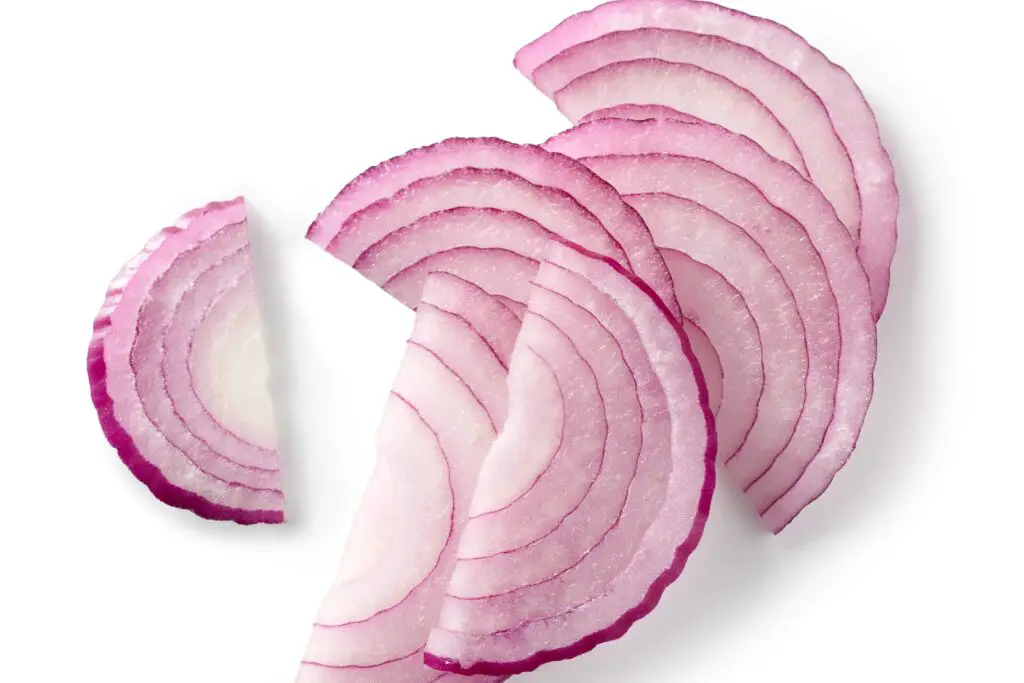
Onions may seem ordinary, but they’ve been around for more than 5,000 years. Ancient Egyptians saw their layered structure as symbolic of eternal life and used them in both cuisine and religious rituals. They were so important that onions were placed in tombs and used as offerings.
Aside from their spiritual value, onions were beloved because they were easy to grow, durable, and added flavor to otherwise bland meals. Ancient Greeks ate them for strength, and Roman gladiators rubbed onion juice on their muscles. They’ve been pickled, caramelized, fried, and stuffed across cultures. It’s safe to say onions have brought both tears and taste to humanity for a long, long time.
11. Grapes
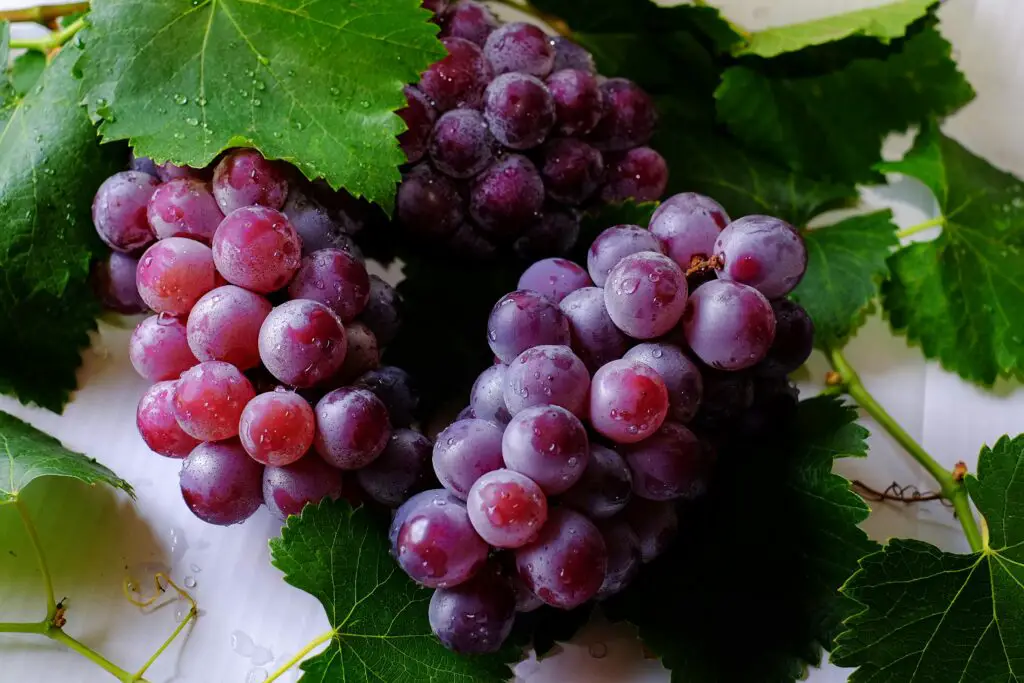
Grapes were cultivated at least 8,000 years ago in the South Caucasus region, and people wasted no time turning them into wine. Fermentation came naturally, and ancient cultures embraced grapes for their sweetness and versatility. They were eaten fresh, dried into raisins, and used in sauces and drinks.
The Greeks held wine festivals, the Romans made it central to daily life, and even the Egyptians used grapes in religious ceremonies. Grapes symbolized prosperity and celebration, and their presence in art and myth is widespread. Today they’re a common snack, but they’ve played a much bigger role in our past. One little bunch carries a whole lot of history.
12. Salt
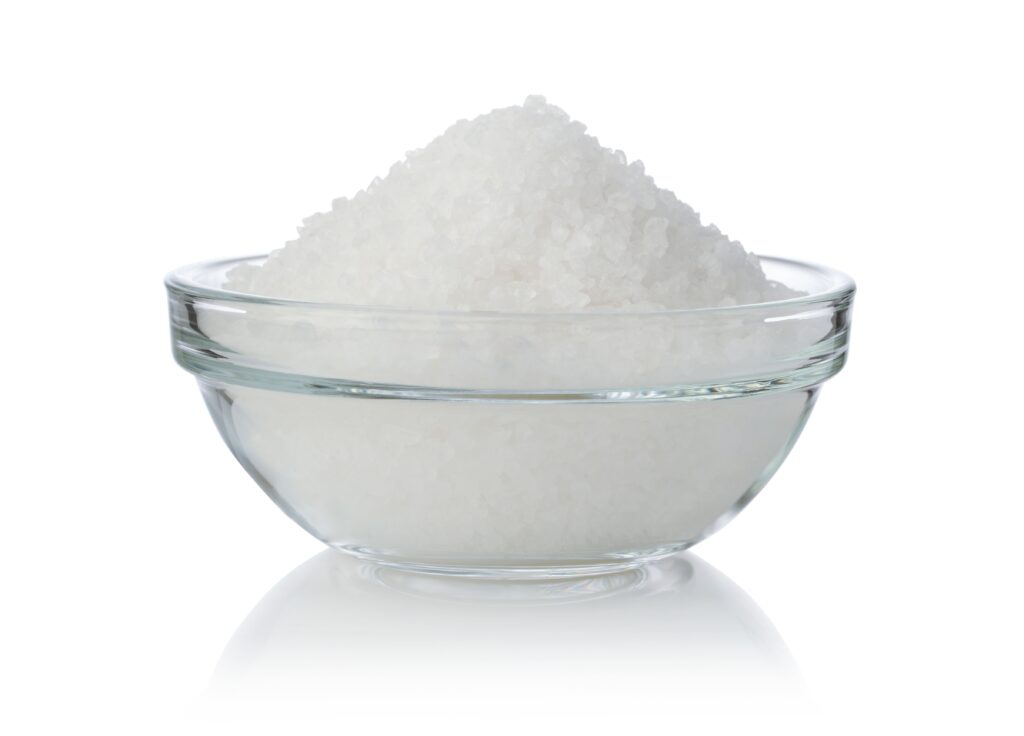
Salt was once so valuable it was called “white gold.” Civilizations all over the world fought wars over it, built cities around it, and established trade routes just to get it. It wasn’t just a flavor enhancer—it was crucial for preserving meat and fish before refrigeration.
Ancient Chinese texts on salt go back over 4,000 years, and the Egyptians used it in mummification. The Romans even used it as part of soldiers’ pay, which is where we get the word “salary.” It was both a necessity and a luxury, depending on the era. These days, we shake it casually on our fries, but its past is anything but simple.
13. Chickpeas
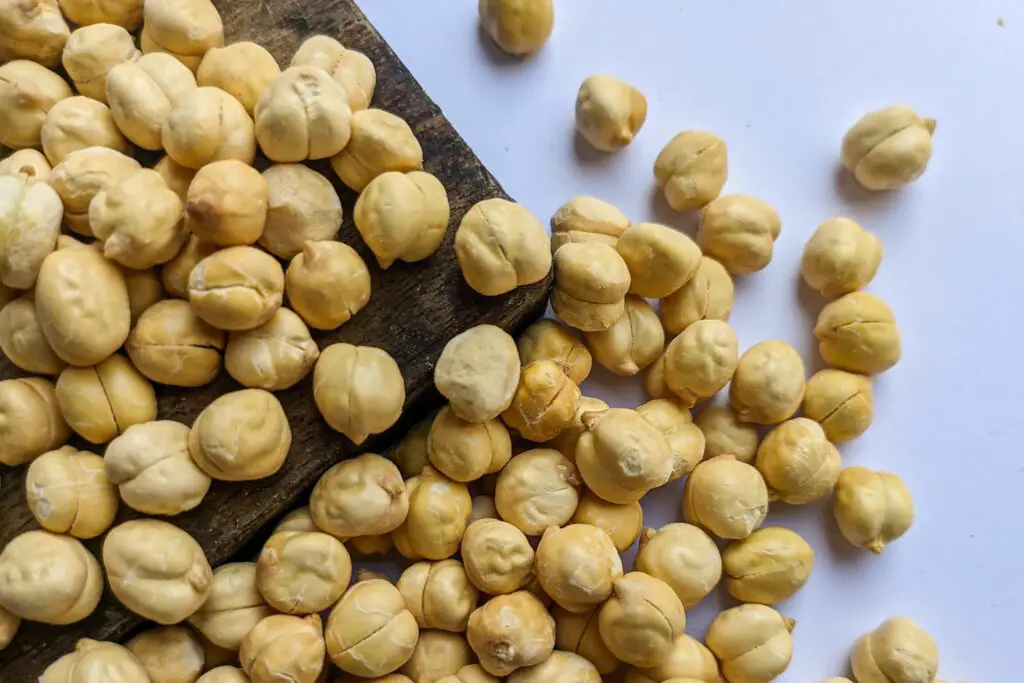
Chickpeas have been cultivated in the Middle East for over 7,500 years. Ancient Romans roasted them as snacks, while Greeks added them to soups and stews. They were nutritious, versatile, and easy to grow, which made them popular across classes and cultures.
They spread throughout the Mediterranean, Africa, and South Asia, becoming the base of iconic dishes like hummus and falafel. High in protein and fiber, they’ve always been a go-to food when meat wasn’t available or affordable. These days, they’re turning up in pasta, chips, and even desserts. But their ancient appeal hasn’t changed—they’re still a simple, sustaining superfood.
14. Figs
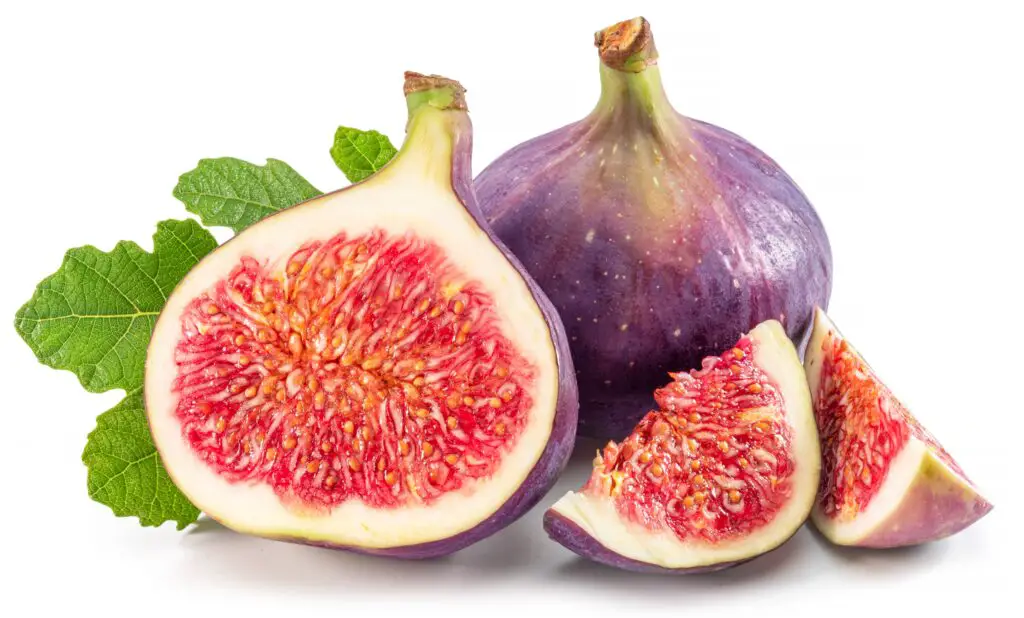
Figs might be humanity’s first cultivated fruit, with domestication dating back more than 11,000 years. Found in the Jordan Valley, they were eaten fresh or dried and packed full of natural sugars and nutrients. They were a convenient, energy-rich food for early civilizations.
In Egypt, figs were associated with fertility and prosperity, while the Greeks considered them sacred to Dionysus. Roman elites loved them, and the trees were planted throughout the empire. Figs also appear in religious texts across faiths, symbolizing knowledge and abundance. Today they’re a gourmet snack or paired with cheese, but they’ve been nourishing humans for ages.
15. Dates
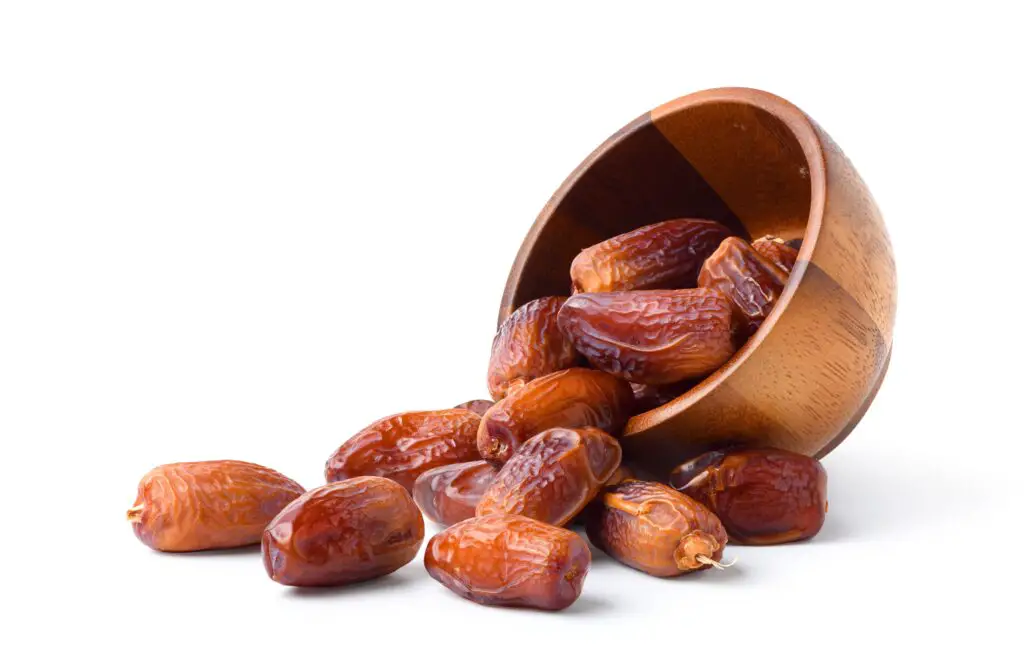
Dates are the desert’s answer to candy, and they’ve been around for over 6,000 years. Originating in Mesopotamia, date palms were crucial for survival, providing sweet, nutritious fruit in arid regions. They were eaten fresh or dried and could last for months without spoiling.
Ancient Egyptians used them in baking and winemaking, and traders carried them along early Silk Road routes. Dates also appear in religious texts and are central to Islamic fasting traditions. Packed with fiber and natural sugars, they’re still a go-to energy booster today. But behind that chewy bite is a long and storied past.
